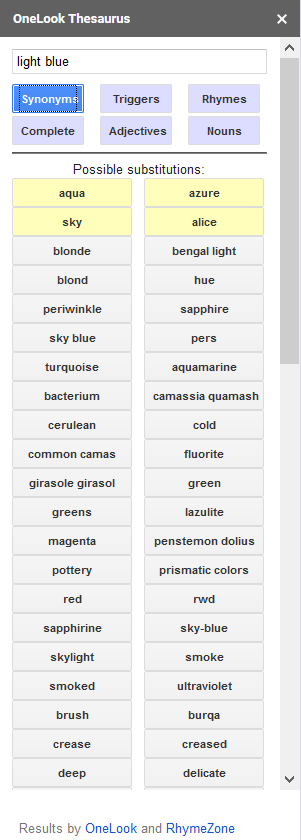

As well, a functional-style syntax is defined for these constructs, with examples and informal descriptions. The meaningful constructs provided by OWL 2 are defined in terms of their structure. The OWL 2 Document Overview describes the overall state of OWL 2, and should be read before other OWL 2 documents. OWL 2 ontologies can be used along with information written in RDF, and OWL 2 ontologies themselves are primarily exchanged as RDF documents. OWL 2 ontologies provide classes, properties, individuals, and data values and are stored as Semantic Web documents. The OWL 2 Web Ontology Language, informally OWL 2, is an ontology language for the Semantic Web with formally defined meaning. W3C liability, trademark and document use rules apply.
#FUNCTIONAL SYNONYM PDF#
This document is also available in these non-normative formats: PDF version.Ĭopyright © 2012 W3C ® ( MIT, ERCIM, Keio), All Rights Reserved. Please refer to the errata for this document, which may include some normative corrections.Ī color-coded version of this document showing changes made since the previous version is also available. Patel-Schneider, Nuance Communications Bijan Parsia, University of Manchester Contributors: (in alphabetical order) Conrad Bock, National Institute of Standards and Technology (NIST) Achille Fokoue, IBM Corporation Peter Haase, FZI Research Center for Information Technology Rinke Hoekstra, University of Amsterdam Ian Horrocks, University of Oxford Alan Ruttenberg, Science Commons (Creative Commons) Uli Sattler, University of Manchester Michael Smith, Clark & Parsia Structural Specification and Functional-Style Syntax (Second Edition) W3C Recommendation 11 December 2012 This version: Latest version (series 2): Latest Recommendation: Previous version: Editors: Boris Motik, University of Oxford Peter F.


 0 kommentar(er)
0 kommentar(er)
